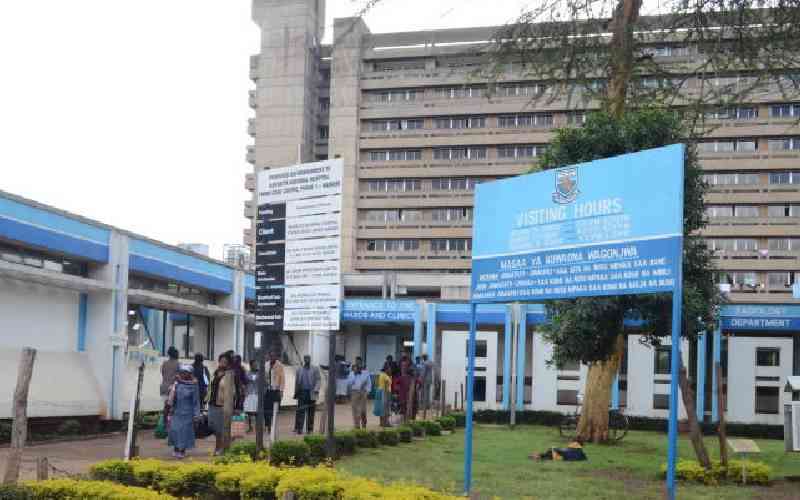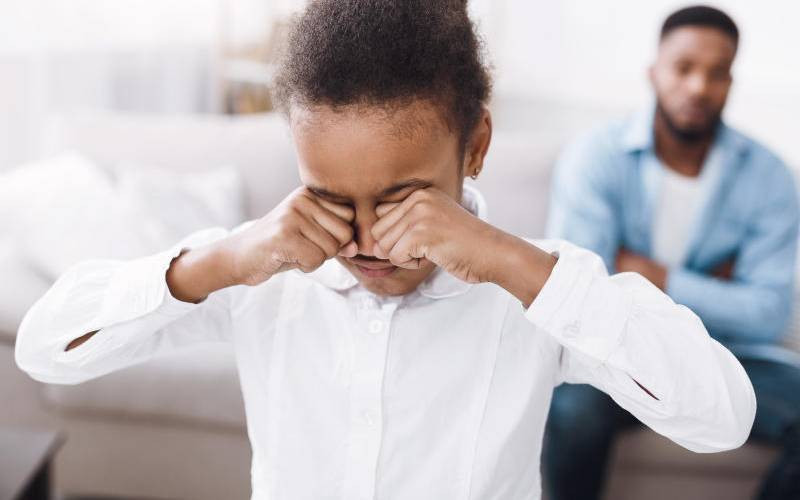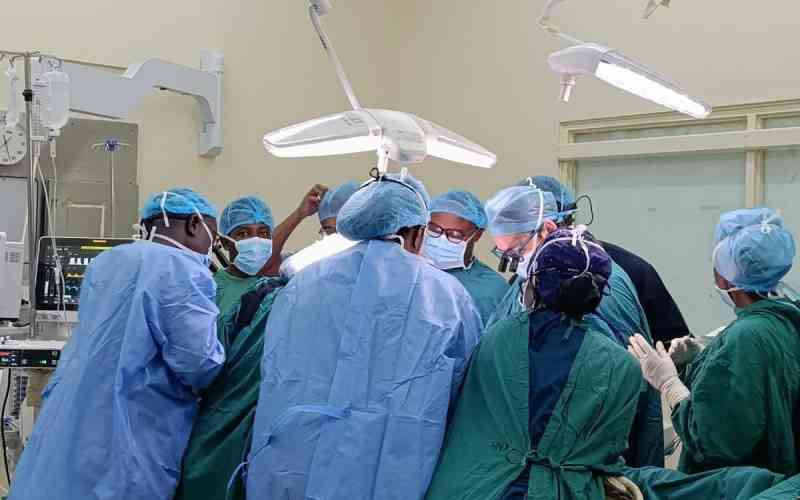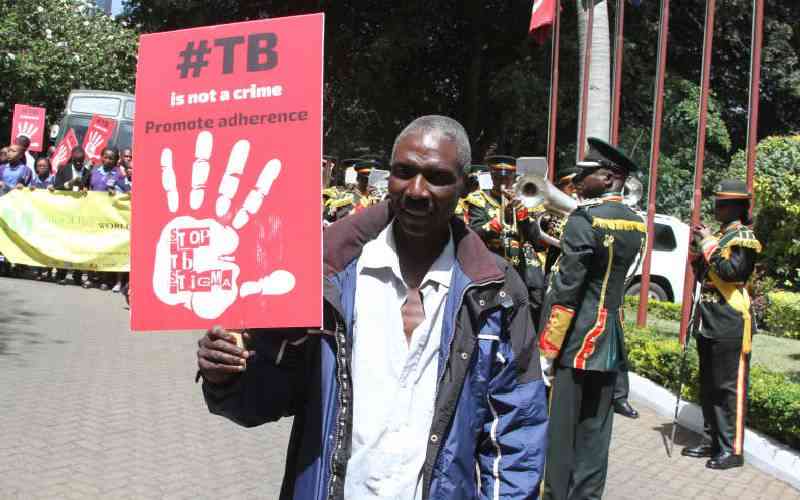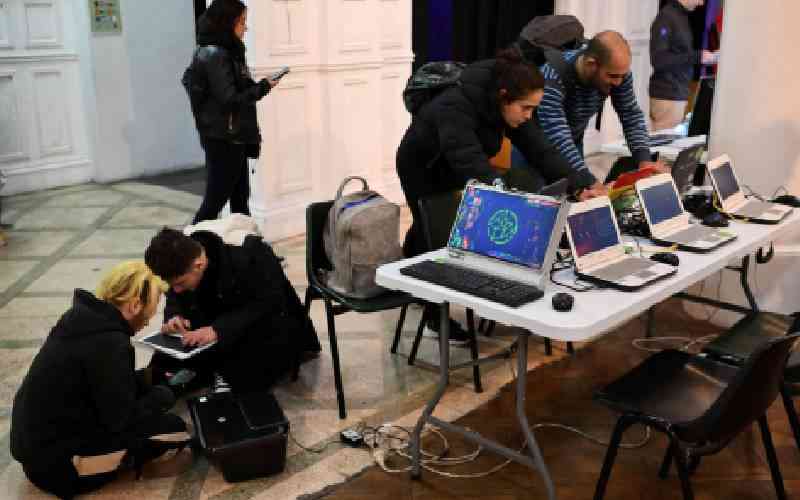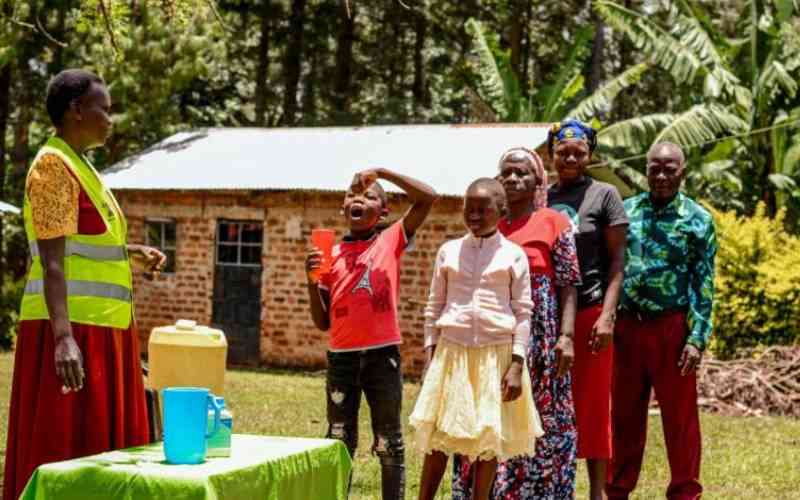
A study published in August 2020, in PLOS Neglected Tropical Diseases journal indicates that children in the breastfeeding bracket are also at high risk of getting sick from bilharzia.
Titled ‘Prevalence and risk factors of Schistosoma mansoni infection among children under two years of age in Mbita, Western Kenya’, the study confirmed the existence of S. mansoni infection in young pre-school children as young as 8 months old.
Bilharzia – or schistosomiasis – is a human parasitic disease predominant in tropical areas. It is classified as one of 20 neglected tropical diseases (NTDs).
Dr Dickson Kioko, an NTD specialist and a monitoring and evaluation manager at the Ministry of Health, says, “There are two forms of bilharzia which present in two different ways: blood in stool or blood in urine. That means one affects the intestinal system and the other one affects the urogenital system.”
According to the World Health Organisation (WHO), Kenya carries a substantial schistosomiasis burden, mainly caused by two species, S. mansoni and S. haematobium, with more than 2.5 million people at risk of infection.
The disease is endemic in the coast region (Lamu, Tana River, Malindi, Kilifi, Mombasa, Kwale, Msambweni) and the Lake Victoria belt in western Kenya (Kisumu, Kakamega, Homabay, Migori, Busia).
“These are the places we have documented the highest numbers. In other parts of the country – like in Rift Valley – we've done mapping and are waiting for the results,” says Kioko.
In 2013, it was estimated that close to a million school-aged children in the endemic areas were treated for schistosomiasis in Kenya.
- Luke Kanyang'areng: The nurse who turned his pain into purpose
- Fighting the invisible enemy: How NTDs harm Kenya's most vulnerable
- The silent scourge that robs Kenyans of dignity, health
Keep Reading
Mass drug administration (MDA) with praziquantel for at-risk populations – particularly targeting school-aged children – has been the key strategy for controlling the disease. MoH, with support from partners, has facilitated school-based deworming programs and community-based treatment across the country.
According to the researchers in the Mbita study, children younger than school age have not been included in the schistosomiasis control programmes in most settings due to the lack of evidence on the prevalence of the disease affecting the age group.
Out of 361 children (aged 6–23 months) enrolled in the study, 289 children were positive for S. Mansoni.
‘There is a growing awareness that children younger than school age can be infected by schistosomes with possible adverse health impacts and hence they should be included in the treatment programme for schistosomiasis,’ the researchers recommend.
Bilharzia is caused by a parasitic worm – known as shistosome – not visible to the human eye. The worms are found in stagnant or slow-moving freshwater; which are usually contaminated by infected human urine or feces.
Snails perform the role of hosts in the transmission process.
Dr Kioko says: “The life cycle of the worm runs through snails and humans. An infected human releases the eggs through urine or faeces into fresh water streams or rivers.
“The eggs hatch in the water then penetrates the snail. They develop in the snail to a certain stage – which is then released back into the fresh water.
“That new stage hangs around in the water waiting for a human being to get into the water. It then penetrates the skin of the person – who maybe washing clothes in the stream or fishing or just swimming or doing rice farming.
“After penetrating the skin, it enters the circulatory system; which transports. And then it goes and lodges itself in the intestines. Or the bladder system. The worm causes mechanical internal injuries which cause bleeding. Thus, the bloody urine or stool.”
The disease is also referred to as a poor man’s disease. “Bilharzia is a disease of inequality. It thrives where access to clean water, proper sanitation, and healthcare are scarce. Poverty is a key risk factor for the spread of these diseases,” says Dr Mary Amuyunzu, a technical advisor of the African Institute for Health and Development.
Bilharzia can be prevented by avoiding contact with contaminated water. Treating or boiling water for domestic use, including drinking, is another key measure that can safeguard your health and that of your loved ones.
Deworming by swallowing praziquantel for bilharzia – at least once a year if living in high-burden areas – is highly encouraged. And adhering to the basic rules of hygiene and sanitation.
 The Standard Group Plc is a multi-media organization with investments in media
platforms spanning newspaper print
operations, television, radio broadcasting, digital and online services. The
Standard Group is recognized as a
leading multi-media house in Kenya with a key influence in matters of national
and international interest.
The Standard Group Plc is a multi-media organization with investments in media
platforms spanning newspaper print
operations, television, radio broadcasting, digital and online services. The
Standard Group is recognized as a
leading multi-media house in Kenya with a key influence in matters of national
and international interest.



